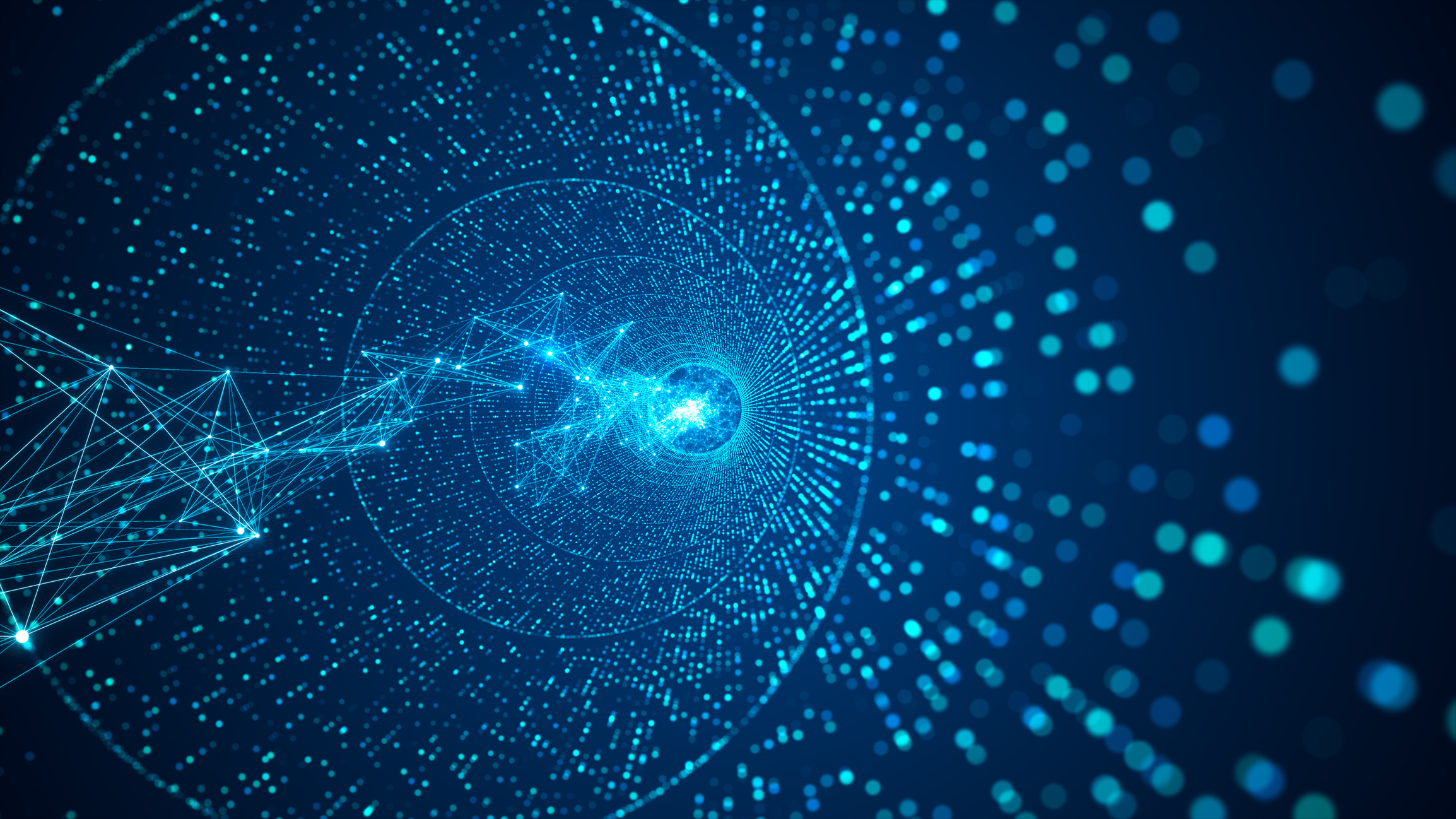
Machine learning (ML) has strong potential for predicting how satellites spin, which can ultimately prevent collisions in space. However, the complexity of data inputs in these algorithms can make their predictions unreliable and difficult to interpret, potentially eroding trust among operators who rely on them for critical tasks like collision avoidance.
The Georgia Tech Research Institute (GTRI) is addressing this challenge by developing a physics-informed ML approach that combines the theoretical foundations of traditional physics models with the advanced capabilities of modern ML techniques. The goal of the project is to improve the accuracy of satellite spin predictions and strengthen operator trust.
The work has been supported by GTRI’s Independent Research and Development (IRAD) program and won an IRAD of the Year award in fiscal year 2024.
“Imagine an object spinning, like a coin. If it’s not spinning perfectly around its center of mass, it could become unstable and even flip itself,” said GTRI Senior Research Scientist Gregory Badura, who is leading this project. “If a flip like this happens in space, it could have significant consequences for predicting when an object might break up or where it could go next.”
Badura, who has expertise in optics – a branch of physics that studies the behavior and properties of light and its interactions with matter – recently identified a gap in satellite spin state analysis. He observed that existing machine learning models relied on simplified or partial equations to predict satellite behavior rather than precise and comprehensive mathematical solutions, which limited their effectiveness and accuracy.
He said physics could be a promising solution for the “black-box” concerns of current ML models. By integrating physics into these models, they could leverage established principles of the natural world that govern satellite motion to make more accurate and transparent predictions.
The model could also adapt in real-time to new data while maintaining consistency with physical laws, ensuring it remains accurate even amid changing conditions. This improved reliability and adaptability could boost operator confidence and trust.
“When we talk to people who work in satellite operations, some of them say they don’t trust machine learning due to uncertainty about what data it is trained on and the assumptions behind its predictions,” Badura said. “We found that grounding these predictions in established physics principles significantly boosts credibility and helps build trust.”
The project is also being supported by a federal agency focused on overseeing and improving space defense efforts.
Beyond the federal government, Badura is also interested in partnering with private companies that focus on space debris removal.
“Understanding the spin rate and rotational axis of space debris will be crucial for these types of companies to plan their retrieval operations effectively,” said Badura. “Having accurate predictions in advance would significantly improve their chances of success.”
This project exemplifies how GTRI leverages its IRAD Program to develop artificial intelligence solutions for national security. Other strategic initiatives under GTRI’s IRAD Program include: trusted and resilient cyber-physical systems; agile, evolving electromagnetic spectrum operations; decision superiority at the contested edge; and GTRI innovations impacting Georgia.
These Strategic Pursuits represent research thrusts that integrate across GTRI’s technical core competencies to expand its thought leadership and develop impactful solutions for GTRI’s sponsors.
Writer: Anna Akins
Photos: Sean McNeil
GTRI Communications
Georgia Tech Research Institute
Atlanta, Georgia
The Georgia Tech Research Institute (GTRI) is the nonprofit, applied research division of the Georgia Institute of Technology (Georgia Tech). Founded in 1934 as the Engineering Experiment Station, GTRI has grown to more than 2,900 employees, supporting eight laboratories in over 20 locations around the country and performing more than $940 million of problem-solving research annually for government and industry. GTRI's renowned researchers combine science, engineering, economics, policy, and technical expertise to solve complex problems for the U.S. federal government, state, and industry.




